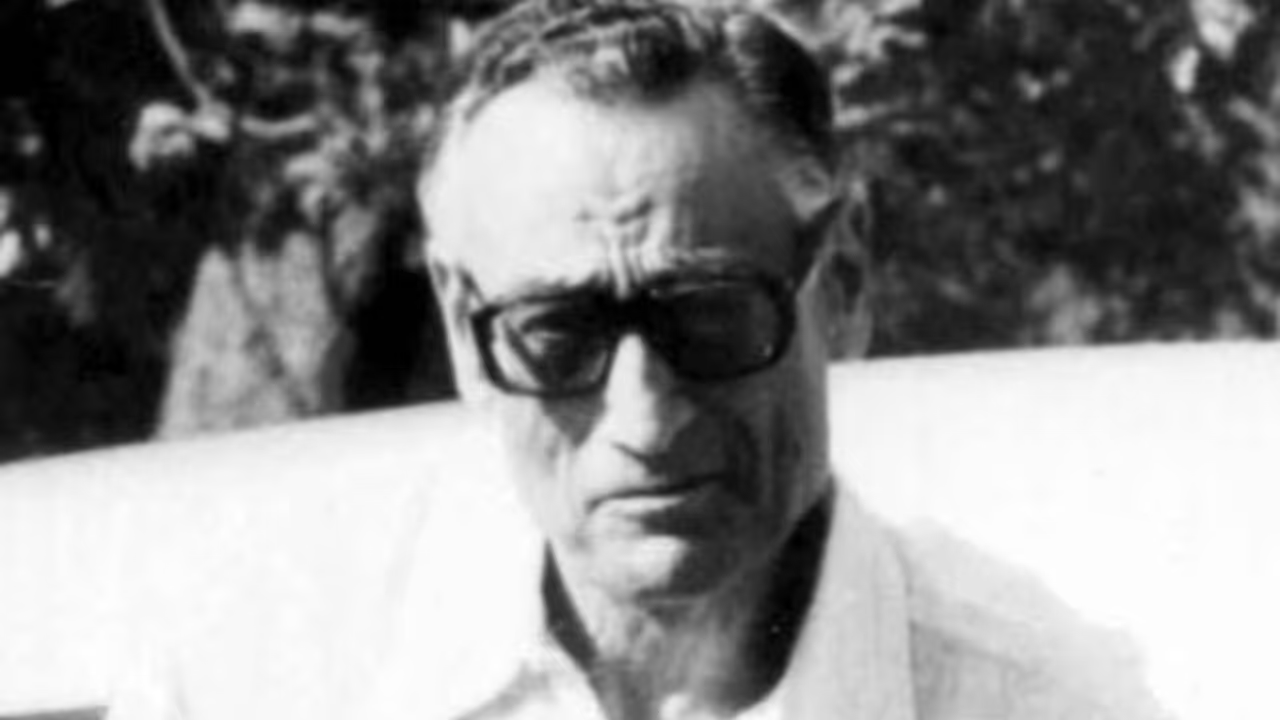RN Kao, the legendary spymaster who founded RAW, helped India win the 1971 war, integrate Sikkim, and build its modern intelligence system. His work changed South Asia’s map and protected India’s future.
In the world of spies, few names are remembered. Even fewer are remembered with respect. But in India, Rameshwar Nath Kao is a name that shaped history—quietly, brilliantly, and completely behind the scenes.

RN Kao, or ‘Ramji’ as close friends called him, was the founder of RAW, India’s external intelligence agency. He turned it into one of the most respected spy agencies in the world. His work helped liberate Bangladesh, merge Sikkim, and build India’s modern intelligence system.
Sri Lankan security expert Rohan Gunaratna, one of the very few journalists to interview Kao, once said:
“If not for his contribution to India’s formidable RAW, South Asia’s geography, economy and politics would have looked very different.”
Let us now explore the fascinating true story of India’s greatest spy.
Why RAW was created: A need born in war
India’s defeat in the 1962 war with China exposed a big gap: the country had almost no foreign intelligence. At the time, the Intelligence Bureau (IB) handled all spying, both inside and outside India, but it simply wasn’t enough.
After the 1965 war with Pakistan, India needed a separate foreign intelligence agency. So, on 21 September 1968, Prime Minister Indira Gandhi split the IB and created the Research and Analysis Wing (RAW).
To lead it, she picked RN Kao, then a deputy director in the IB and one of India’s top intelligence minds.
Who was RN Kao?
Rameshwar Nath Kao was born in 1918 in Benares (now Varanasi), into a wealthy Kashmiri Brahmin family. He studied English literature at Allahabad University and joined the Indian Police in 1940.
During British rule, he was one of the first Indians to join the Intelligence Bureau, which was then mostly run by British officers.
Kao had already shown his talent for spy work long before RAW. In Ghana, he helped set up the country’s intelligence service at the request of President Kwame Nkrumah. He even impressed Chinese Premier Zhou Enlai, who gave him a personal recommendation letter, an incredible sign of respect during the Cold War.
In the early 1950s, Kao was put in charge of Queen Elizabeth’s security during her first visit to India. At one event, he spotted a flying object near the Queen and caught it mid-air—thinking it might be a bomb. It turned out to be just a bouquet. The Queen smiled and said, “Good cricket.”
Building RAW from scratch
When Kao took charge of RAW in 1968, he began with just 250 trusted officers.
These RAW agents later came to be known as “Kaoboys”, a funny but affectionate name. Kao even installed a cowboy sculpture in the RAW office as a joke!
Under him, RAW grew into a professional agency with secret networks across the world.
RAW’s biggest success: The birth of Bangladesh
RN Kao’s moment of greatest impact came in 1971. Tensions were rising between West Pakistan and East Pakistan (now Bangladesh). Millions of refugees were fleeing to India. It was clear that war was coming.
Under Kao’s leadership, RAW trained the Mukti Bahini, the Bangladeshi freedom fighters. India entered the war, and in just 17 days, Pakistan surrendered. Bangladesh was born.
Kao believed that breaking East Pakistan away removed a major threat to India’s eastern borders—especially with China lurking nearby.
His work during this time earned him immense respect in Delhi's top circles.
The Sikkim strategy
In 1975, RN Kao warned Prime Minister Indira Gandhi about a likely coup in Sikkim, a small Himalayan kingdom. China was showing signs of involvement.
Kao moved quickly. RAW helped manage the political situation, and Sikkim joined India peacefully. Delhi officially praised RAW for this major success.
RN Kao’s international respect
RN Kao was well-known and respected in spy agencies around the world. The French intelligence chief, Count Alexandre de Marenches, once said, “He was one of the five great intelligence chiefs of the 1970s. What a mix of mental and physical elegance! And yet, so shy about talking about himself.”
RN Kao's life after RAW
RN Kao retired in 1977, but continued to serve the nation. He became Security Advisor to the Cabinet, the role now known as National Security Advisor (NSA). He helped set up the NSG (National Security Guard) and a think tank that later evolved into today’s National Security Council Secretariat.
The man behind the legend
RN Kao was deeply private. He avoided cameras, didn’t write memoirs, and never gave interviews. He once told a friend, “I know too much to write a book.”
Few people know that Kao was also a talented sculptor. He loved wildlife and made beautiful horse sculptures. He also collected rare Gandhara paintings.
Kao passed away in 2002, almost unnoticed by the public. But to India’s intelligence world, his name remains sacred.
As former intelligence chief KN Daruwala put it: “He could move things with just one phone call. He brought different agencies together and built a team that protected India from many unseen threats.”


